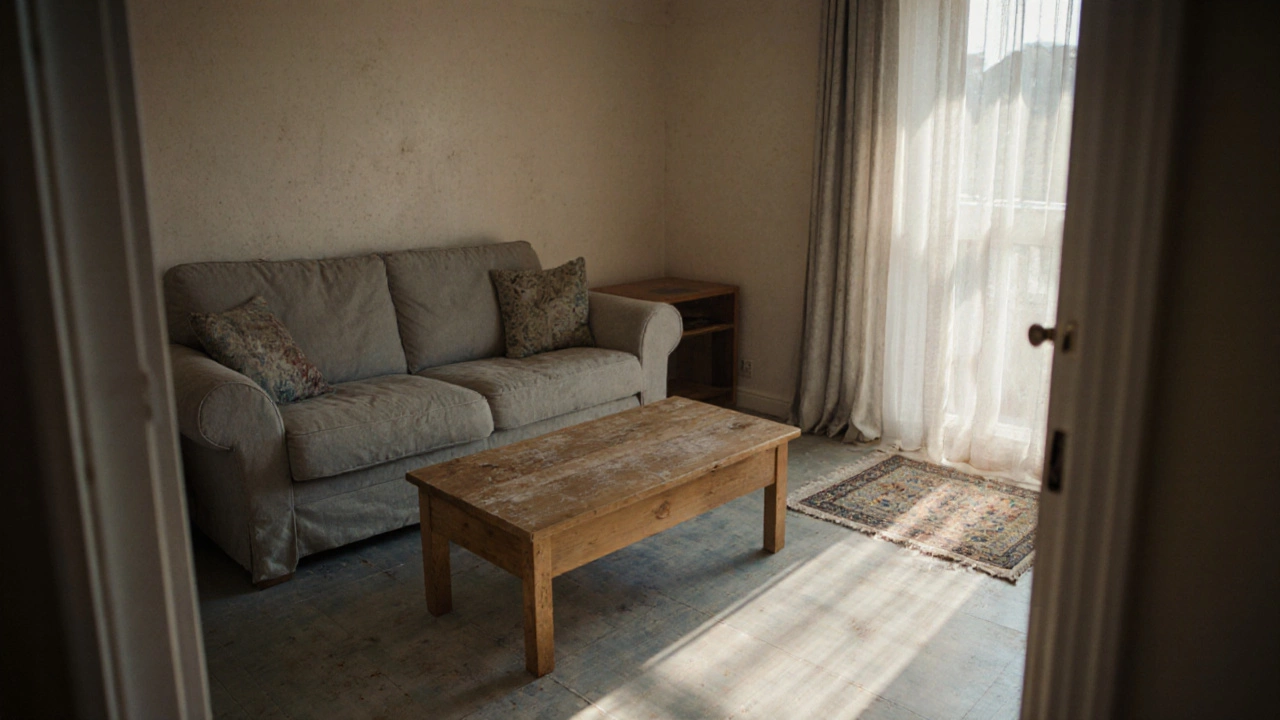Excessive Wear: Causes, Prevention & Cleaning Tips
When dealing with Excessive Wear, the rapid deterioration of surfaces caused by harsh cleaning, heavy foot traffic, or neglect. Also known as premature wear, it can slash the lifespan of home fixtures and exterior finishes.
Understanding Wear and Tear, the normal aging process of building materials that happens over time with regular use helps you see why excessive wear is more than just ordinary wear. Wear and tear is expected, but when you add abrasive chemicals or too‑much force, the damage accelerates and you end up with fading paint, cracked tiles, or eroded metal.
Effective Home Maintenance, regular upkeep tasks that protect surfaces from damage and keep everything running smoothly is the first line of defense against excessive wear. Simple actions like wiping spills immediately, using doormats, and scheduling seasonal checks catch problems before they become costly repairs.
Key Factors Behind Excessive Wear
One major factor is the misuse of Pressure Washing, a high‑pressure water cleaning method that removes grime in seconds. While it’s great for removing stubborn dirt, the wrong nozzle or pressure level can strip paint, erode sealants, and embed particles into surfaces, making wear happen faster.
Another contributor is the choice of cleaning products. Traditional chemicals often contain harsh acids or solvents that eat away at finishes. Switching to Eco‑friendly Cleaning, non‑toxic, biodegradable products that are gentle on both surfaces and the environment reduces the risk of chemical burn while still delivering good results.
Foot traffic patterns also play a role. High‑traffic zones such as entryways, kitchens, and hallways experience more abrasion. Installing durable floor mats, using protective runner strips, and rotating furniture can spread the load and limit localized wear.
Temperature swings and humidity affect wood, laminate, and metal. When materials expand and contract repeatedly, micro‑cracks form, giving aggressive cleaners a foothold to cause deeper damage. Using dehumidifiers in damp areas and maintaining consistent indoor climate helps keep materials stable.
If you’re battling excessive wear, start by assessing the problem area. Look for discoloration, surface roughness, or loss of sheen. A quick test—run a finger lightly over the surface—will tell you if a coating has worn thin. This simple check guides you toward the right repair method.
For paint and sealant erosion, a light sanding followed by a high‑quality, low‑VOC topcoat restores protection without adding heavy chemicals. When dealing with fabric upholstery or carpet, professional hot‑water extraction (HWE) removes embedded grit that accelerates fiber breakdown, while low‑moisture encapsulation preserves texture.
Regular deep‑cleaning schedules are a smart move. Set a calendar: monthly light cleaning, quarterly deep cleaning, and annual professional maintenance for high‑risk areas. This rhythm keeps grime from building up and gives you checkpoints to spot early signs of wear.
Finally, keep a record of products and methods you use. Note the pressure setting, nozzle size, and chemical brand each time you clean a surface. Over time you’ll see patterns—maybe a certain spray causes paint to dull faster—allowing you to refine your approach and protect your home’s finish.
All these tips converge on one goal: extending the life of your property while keeping it looking fresh. Below you’ll find a curated collection of guides that dive deeper into each aspect—pressure‑washing basics, eco‑friendly spray recipes, carpet‑care routines, and more—so you can tackle excessive wear with confidence.

Understanding Excessive Wear and Tear in Your Home
Learn how to identify and manage excessive wear and tear at home, with clear signs, prevention tips, and a checklist for renters and owners.
Read More